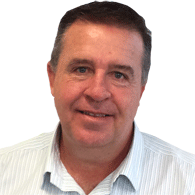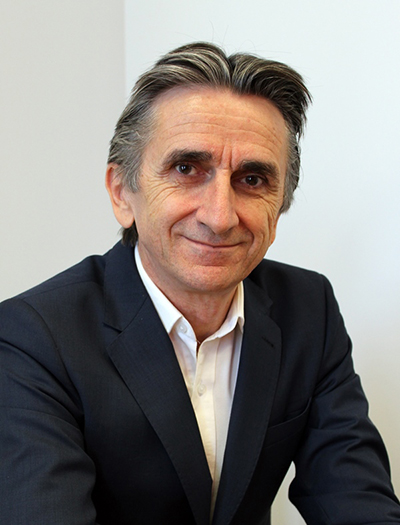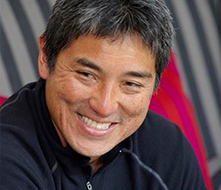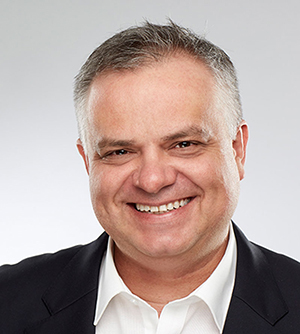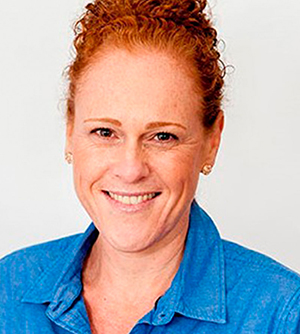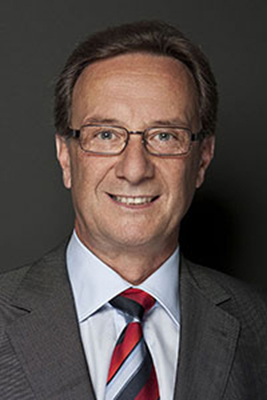Innorobo 2015: Robots rule for a day in France
EXTRA >>
ONE of the world’s leading exhibitions on robotics and artificial intelligence took place in Lyon, France, from July 1-3, with a focus on developing smart cities. Australian robotics developers, universities and city planners will watch the showcase closely.
Innorobo 2015 featured more than 200 companies representing the full range of robotics applications, including industrial robotics and personal and professional service robotics. 
A clear focus for Innobo 2015 is how these applications, technologies and innovations can meet the challenges faced in developing smart cities.
Innororbo founder and CEO Catherine Simon said robotics was set to play a crucial role on the development of smart cities around the world – and by 2050, urban populations will account for 70 percent of the world’s overall population, up from 50 percent today. She said a Frost and Sullivan report predicted the smart cities market would be worth $3.3 trillion in 2025.
“At Innorobo, innovation directors from major groups, institutional players and even citizens like you and me at the general public session can share their vision for the city of the future, as well as discover and explore the technologies that will make them possible,” Ms Simon said. “At Innorobo 2015, both exhibitors and speakers will show us how to give meaning to a smart city approach and make it something more than just a simple technological showcase or large-scale project.
“We must always remember that there can be no smart cities without smart citizens.”
Ms Simon said the three “standard” pillars of the smart city were environmental sustainability, economic viability and the well-being of city dwellers.
Robotics and artificial intelligence will impact smart city fundamentals, including energy, transport, water, waste, safety, healthcare and education sectors, among others.
Initiatives are being rolled out all over the world and many of these will be showcased at Innorobo 2015.
For example, Asia has large-scale smart city initiatives like the Songdo district in South Korea and Singapore’s Smart Nation, which target leaders in the IT, energy and telecom sectors to implement a broad range of new concepts. Europe is making its existing cities ‘smart’ through new technologies and infrastructures.
“We believe in open innovation and a collaborative approach, and we staunchly defend entrepreneurship,” Ms Simon said. “This is why large-scale institutional projects and solutions offered by international groups have to be driven by the ideas and disruptive innovations that entrepreneurs bring.”
The plenary Smart Cities conference was July 2 from 2pm to 4pm featuring a panel of renowned speakers on the subject.
‘Senseable Cities’ was the focus of a presentation by MIT SENSEable City Lab director Carlo Ratti. He discussed how the increasing deployment of sensors and hand-held electronics is allowing a new approach to the study of the built environment.
“The way we describe and understand cities is being radically transformed – alongside the tools we use to design them and impact on their physical structure,” Professor Ratti said.
He addressed these issues through case studies and projects by the Senseable City Laboratory, a research initiative at the Massachusetts Institute of Technology, and the design office Carlo Ratti Associati.
National University of Singapore (NUS) associate professorMarcelo Ang covered ‘Sustainable Transportation using Robotic Vehicles for Mobility-on-Demand’.
“Easy mobility is an important capability to enhance the quality of all our lives,” Prof. Ang said. “Self-driving cars provide mobility-on-demand anytime and anywhere. Besides the convenience, autonomous driving provides a safe and productive environment, and an efficient use of resources.
“This talk shares our research group’s current activities in achieving mobility-on-demand using autonomous vehicles, in both pedestrian (malls, airports, parks) and road environments. The current state-of-the-art will be presented together with current challenges and our approach to solving these challenges,” he said.
Designing robots in a more ‘human-centred way’ was the focus of the presentation by Blake McEldowney, founding partner at ZINC. His topic was ‘Designing Citizen-Centric Robots for the Urban Environment’.
“As robotics becomes increasingly woven into the fabric of our lives, we see a need for robots to be designed in a much more human-centered way,” Mr McEldowny said. “Robots should only be developed if there is a defined need that solves a human problem, directly or indirectly. Interactions with robots need to be clearly thought through and the larger effect on society at large must be taken into account.
“With that in mind, we will explore how robotics and AI can be designed and implemented to improve the urban environment. As technology becomes ubiquitous within city infrastructure, we envision ways to leverage technologies like robotics to create citizen-centric cities. 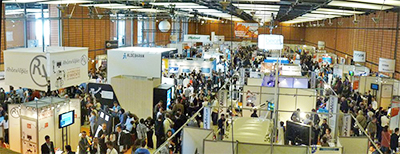
“Ultimately, we want to improve the lives of humans and we see ways that new types of carefully designed robots can help us in this regard,” he said.
The exhibitors at Innorobo 2015 and the conferences dealing with this topic are listed at the event site, http://innorobo.com/2015-exhibitors/, in the Smart Cities tab.
ends

 How to resolve AdBlock issue?
How to resolve AdBlock issue? 

